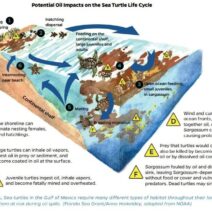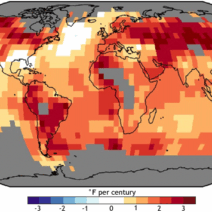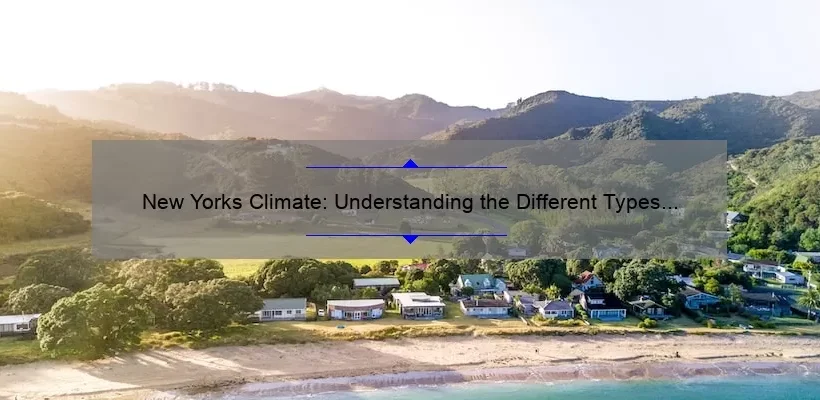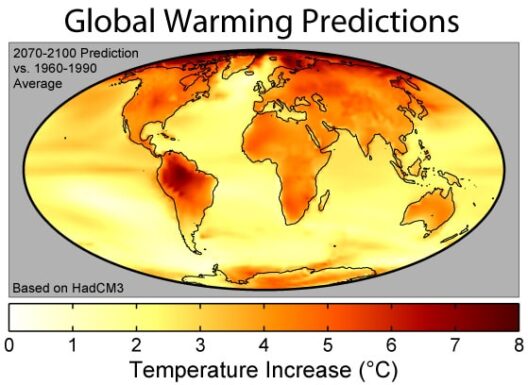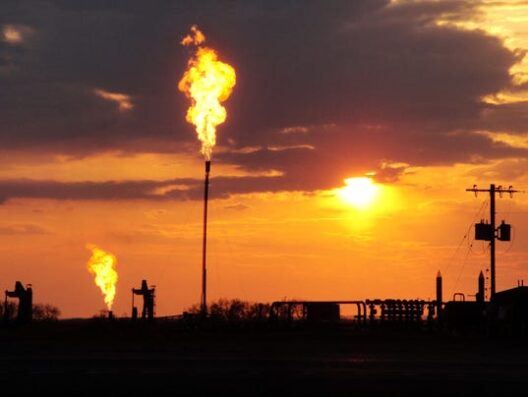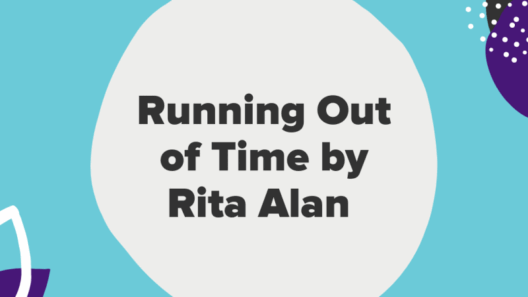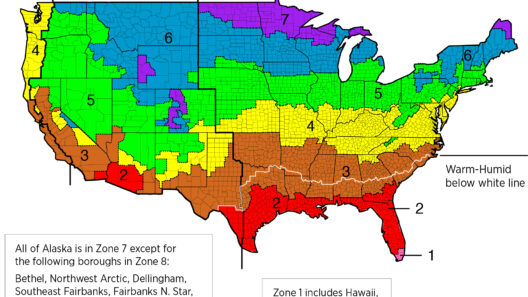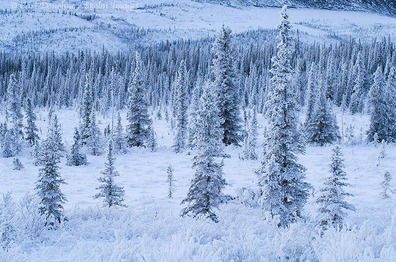The climate of New York is a fascinating tapestry woven from a multitude of atmospheric elements. Stretching across diverse geographical terrains, the Empire State exhibits remarkable variations in weather patterns, particularly when one considers the urban environment of New York City. As a vibrant metropolis nestled within the northeastern part of the United States, New York City presents unique microclimates that arise from both natural and anthropogenic influences. Have you ever wondered how the towering skyscrapers, bustling streets, and extensive green parks of the city affect local weather conditions? This question not only piques curiosity but also sets the stage for a deeper exploration of urban meteorology.
Traditionally, New York’s climate is classified as humid continental, characterized by four distinct seasons: spring, summer, autumn, and winter. Each season brings its own nuances, encapsulating the essence of transition from the vibrancy of spring blooms to the quiet repose of winter’s snowfall. The mean temperature varies considerably throughout the year, with summer highs often pushing into the upper 80s and 90s Fahrenheit, while winter lows can plummet below freezing, often leading to snowy landscapes that transform the city into a winter wonderland.
But how do these seasonal shifts manifest specifically within the urban confines of New York City? Urban heat islands—an intriguing phenomenon—exemplify how cities can experience temperatures significantly higher than their surrounding rural areas. This effect arises from human activities and infrastructure; asphalt, concrete, and metal surfaces absorb and retain heat, contributing to elevated nighttime temperatures. During sweltering summer months, the city can become particularly stifling, making a simple stroll down a sunlit avenue feel like a marathon. The average summer temperature in NYC can soar to around 83°F, but in pockets of the city, it may feel much hotter.
Conversely, winter poses its own challenges. New York City experiences precipitation throughout the year, with a notable spike during winter when snow often blankets the urban landscape. The snowfall can be deceivingly picturesque, yet it brings with it harsh realities: transportation disruptions, increased energy consumption for heating, and even impacts on local ecosystems. With a fluctuating climate, more frequent winter storms have become a concern, influencing city planning and emergency response systems.
As we delve further into the heart of the climate in New York, it’s crucial to consider the implications of climate change. Rising global temperatures have begun to influence local weather patterns, exacerbating the intensity and frequency of storms. The 21st century has already witnessed record-breaking summer heatwaves and an increase in extreme precipitation events. Severe rainfall often leads to flooding, particularly in low-lying neighborhoods, and it poses formidable challenges for infrastructure designed for a different climatic norm. Are urban planners and policymakers equipped to tackle these escalating weather challenges? That remains a significant question facing the city.
Indeed, the interplay of urbanization and climate is complex. One cannot overlook the role of prevalent wind patterns, which contribute to New York’s unique weather phenomena. The Hudson River and surrounding bodies of water exert a moderating influence on temperatures, often cushioning the city from the extreme temperatures that its inland counterparts may experience. However, this advantage can lead to foggy conditions when warm air encounters cooler waters, resulting in a mystical haze enveloping the skyline.
Additionally, periods of drought can emerge unexpectedly, prompting a reevaluation of water management strategies. The distribution of precipitation over the seasons is becoming increasingly erratic, exemplifying the need for sustainable practices. From green roofs to rainwater harvesting, innovative solutions are now more crucial than ever to foster resilience against an unpredictable climate.
Exploring the ecological ramifications reveals yet another layer of complexity. Changes in local climate parameters affect the flora and fauna native to the region. Migratory patterns of birds may shift, emerging pests may pose new threats, and plants may struggle to adapt to earlier growing seasons. The absence of certain species could have a ripple effect on New York’s intricate ecosystems. Are city dwellers aware of how these broader environmental changes impact their daily lives and the biodiversity surrounding them?
Social equity also emerges as a significant challenge in discussions about climate adaptation in urban environments. Vulnerable communities often bear the brunt of climate-related issues—be it through historically disparate access to resources, insufficient infrastructure, or limited political power. Engaging marginalized populations in climate discourse and action is essential for fostering inclusive solutions that address the needs of all residents.
In conclusion, the climate of New York is emblematic of both challenges and opportunities. Urban weather patterns reflect a dynamic interplay between natural phenomena and human influence. The city’s ability to adapt to climate variability will depend on an amalgamation of innovative practices, inclusive policies, and active community engagement. As we face an uncertain climatic future, the question remains: how will New York City redefine its relationship with weather and climate? This pivotal juncture not only calls for critical reflection but urges decisive action to fortify the city against the looming consequences of a warming world.

